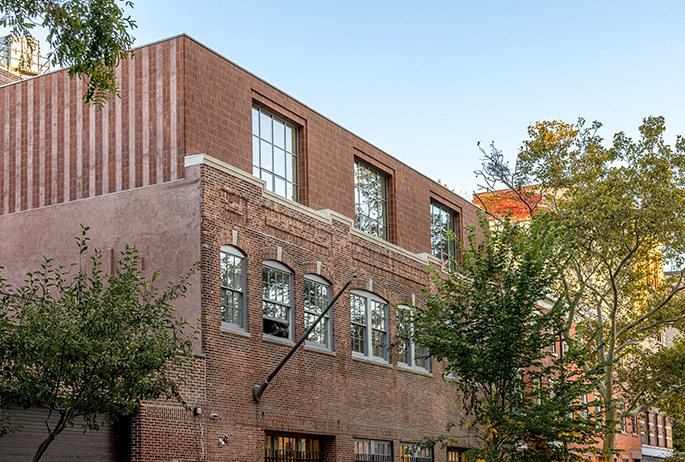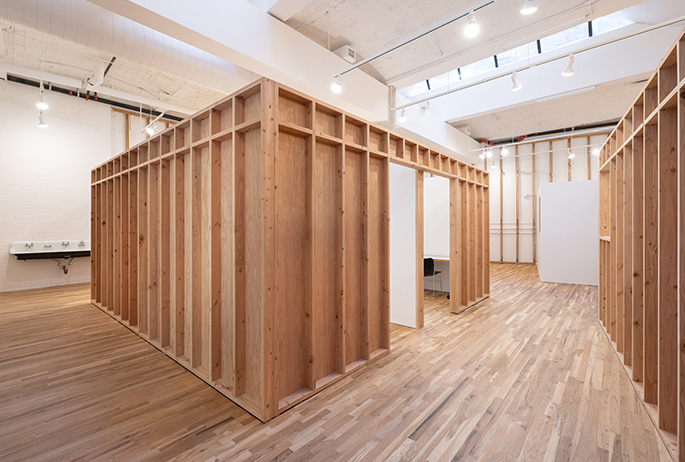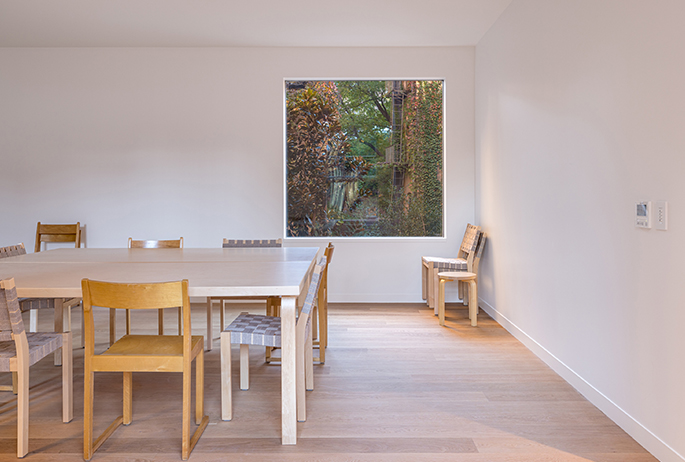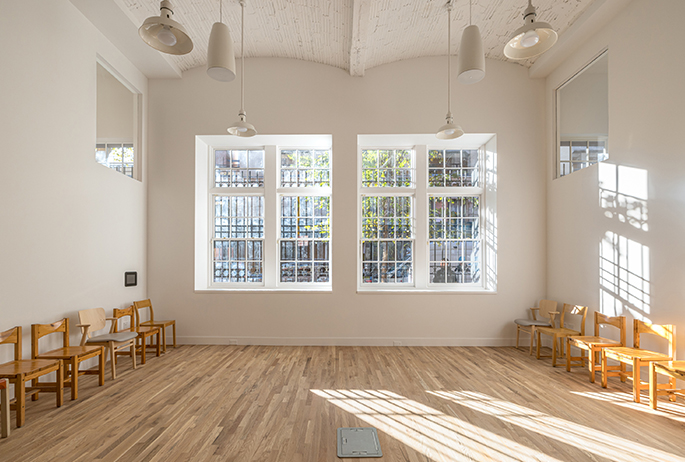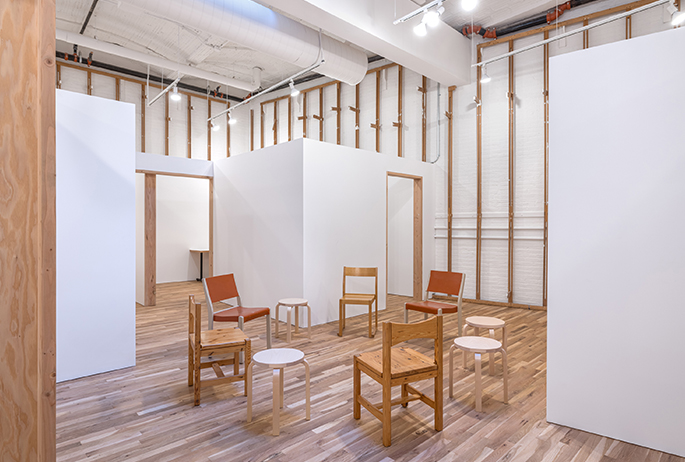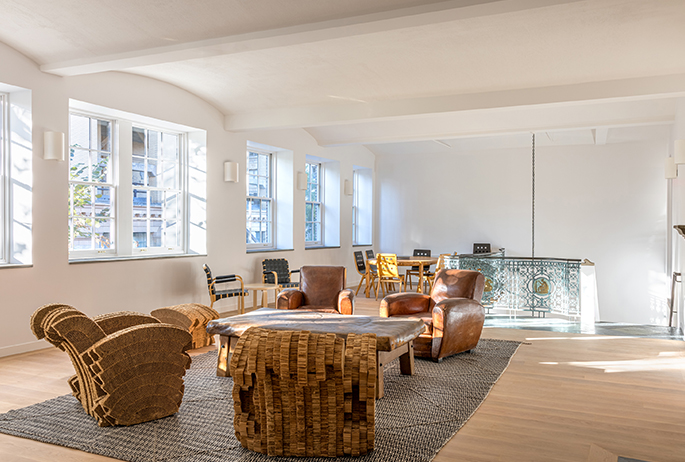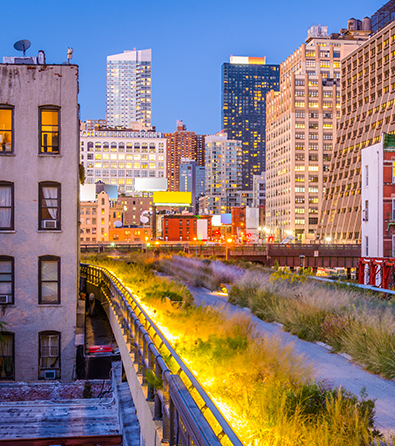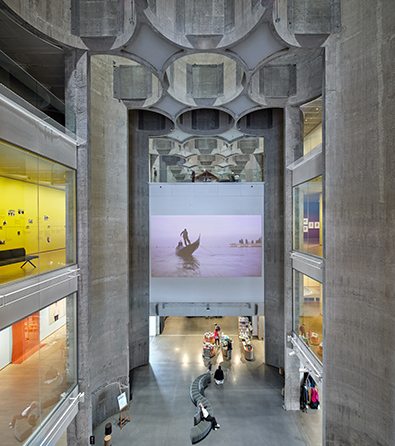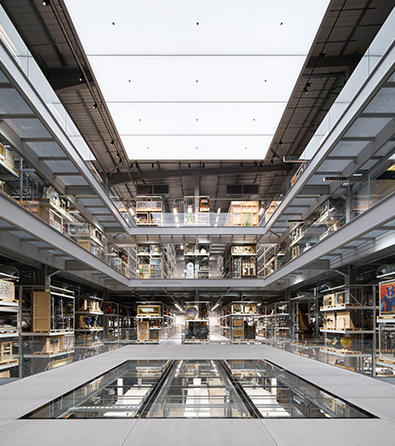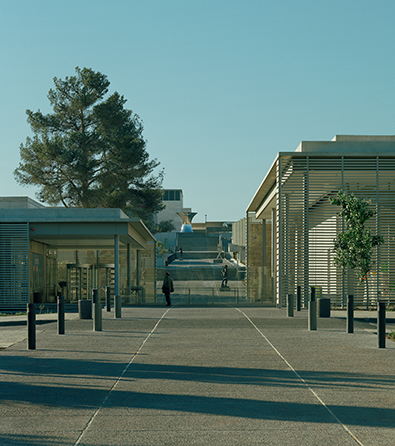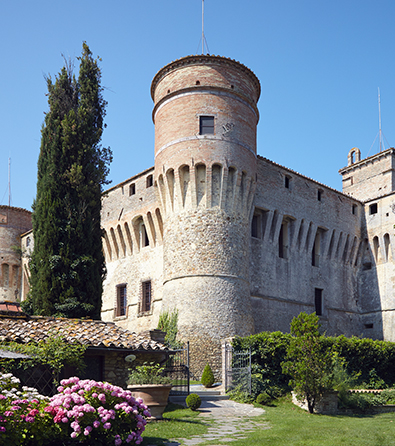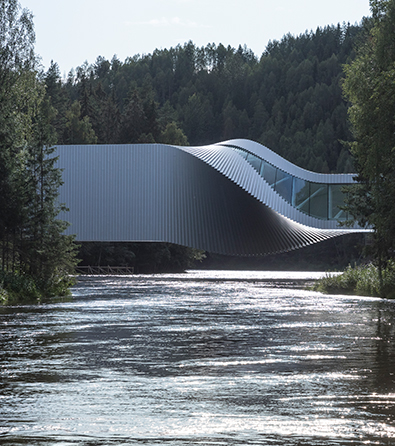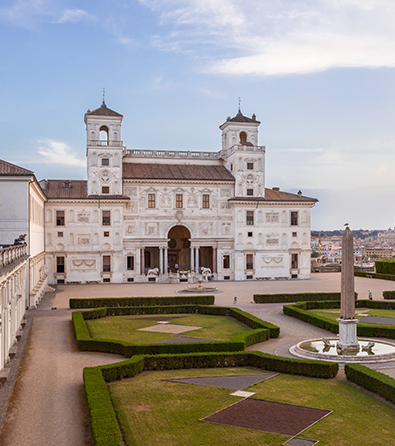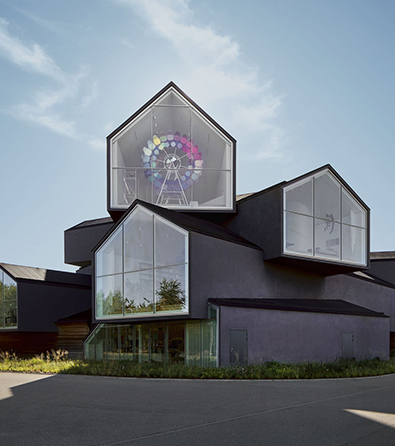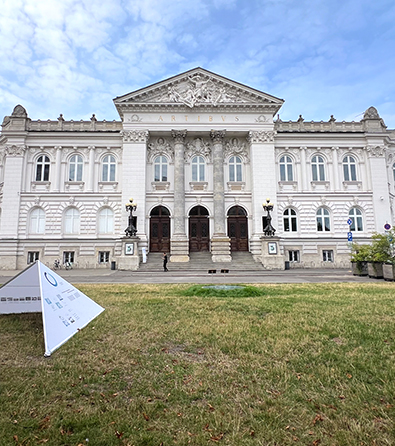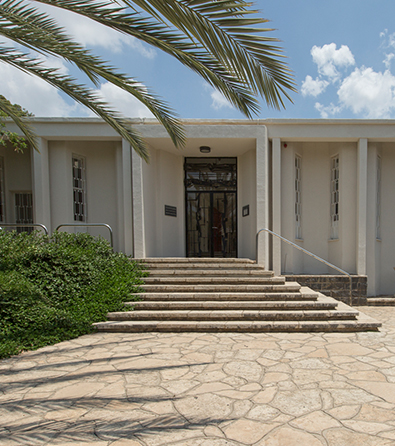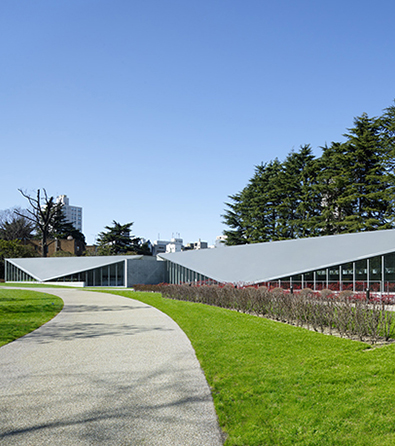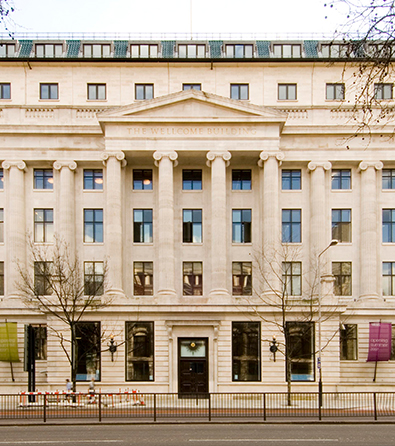The Whitney Museum’s Independent Study Program (ISP) in New York has been a pivotal force in art education, serving as an incubator for artists, curators, and scholars who have made a lasting impact on the global art scene for over five decades. With its recent relocation to Roy Lichtenstein’s historic studio in Manhattan, the program enters an exciting new phase in its renowned history.
Founded in 1968 by Ron Clark during a period of profound social and political change, the ISP quickly became a hub for emerging voices. One of its earliest participants was Roberta Smith, now a leading art critic for The New York Times, who joined in 1969. Her experience in the program, which included writing about minimalist art and interviewing Donald Judd, was a turning point in her career. The ISP has also been a launching pad for influential artists like Jenny Holzer and Julian Schnabel, who have gained international acclaim. Today, the program is directed by renowned artist and writer Gregg Bordowitz.
Other notable alumni include artists Jennifer Allora, Gregg Bordowitz, Tony Cokes, Danielle Dean, Mark Dion, Andrea Fraser, LaToya Ruby Frazier, Felix Gonzalez-Torres, Renée Green, Glenn Ligon, and Rirkrit Tiravanija; art critics and historians Huey Copeland, Miwon Kwon, and Pamela M. Lee; and curators Carlos Basualdo, Naomi Beckwith, and Sheena Wagstaff, among many others.
The Whitney Museum’s Independent Study Program (ISP) operates for nine months yearly, from September to May. It is not a residency program in the traditional sense but rather a prestigious academic program offering training and mentorship for artists, curators, and art historians. Unlike residency programs that primarily provide a space for creation without structured academic components, the ISP offers participants studio spaces and incorporates weekly seminars, critiques, and theoretical discussions led by leading artists and scholars.
The ISP consists of three main areas of study:
- Studio Program – designed for artists, this track provides participants with studio space and a critical environment to develop their artistic practice.
- Critical Studies Program – designed for historians, critics, and theorists in the art field, it focuses on critical writing and theoretical analysis, with participants receiving guidance from professionals in the field.
- Curatorial Program – offers hands-on experience in curating art exhibitions, allowing students to collaborate on organizing exhibitions at the Whitney Museum or other venues.
The program concludes with major final exhibitions: studio artists present the works developed throughout the year, while curatorial students showcase an exhibition project reflecting their research and curatorial practice. These exhibitions, often held at the Whitney Museum of American Art, provide a unique opportunity for exposure within the art community and attract significant attention.
In addition to the exhibitions, the ISP hosts public events such as symposiums, where participants present their research and engage in discussions. These events, held at the Whitney Museum, encourage active engagement with the broader art community.
In 2024, the ISP made a historic move to its new permanent home, formerly Roy Lichtenstein’s studio in Greenwich Village, Manhattan. This space, generously donated by Dorothy Lichtenstein, was originally a 1912 metal workshop purchased by the Lichtensteins in 1987. After Roy Lichtenstein’s passing, it housed the Roy Lichtenstein Foundation, dedicated to preserving his legacy and advancing art research. The architectural firm Johnston Marklee led the renovation, carefully preserving elements of Lichtenstein’s workspace while updating the building with artist studios, seminar rooms, and meeting spaces.
Each year, the ISP admits around fifteen artists to the Studio Program, six participants to the Theory and Criticism Program, and four to the Curatorial Program. Running from September to May, the ISP charges no tuition, making it one of the most accessible opportunities for artists, curators, and scholars. The admission process is highly competitive, requiring a comprehensive portfolio, recommendation letters, and statements of intent. Open to both recent graduates and established professionals, the program fosters deep dialogue and engagement across the art world.
With its rich history, esteemed faculty, and new location, the ISP remains a leading program for those seeking to make meaningful contributions to art, theory, and curation.
For our comprehensive cultural guide to New York, please refer to the designated link provided.
